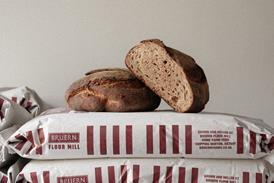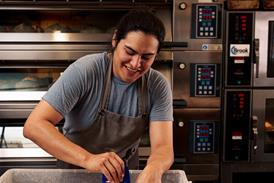Top dessert trends for 2020 revealed by Callebaut

Street food, shareable treats and premium ingredients are growth opportunities for the out-of-home desserts market, a report by chocolate specialist Barry Callebaut has revealed.
To continue reading, register for free
You are what you read, registration is quick, easy and free. Just click register now and you’ll be finished faster than it takes you to butter a crumpet!
Don’t miss out:
- Unlimited access to content
- Regular newsletters to your inbox
- Save articles to read later on
- A more personalised experience
Already registered? Please log-in here


















